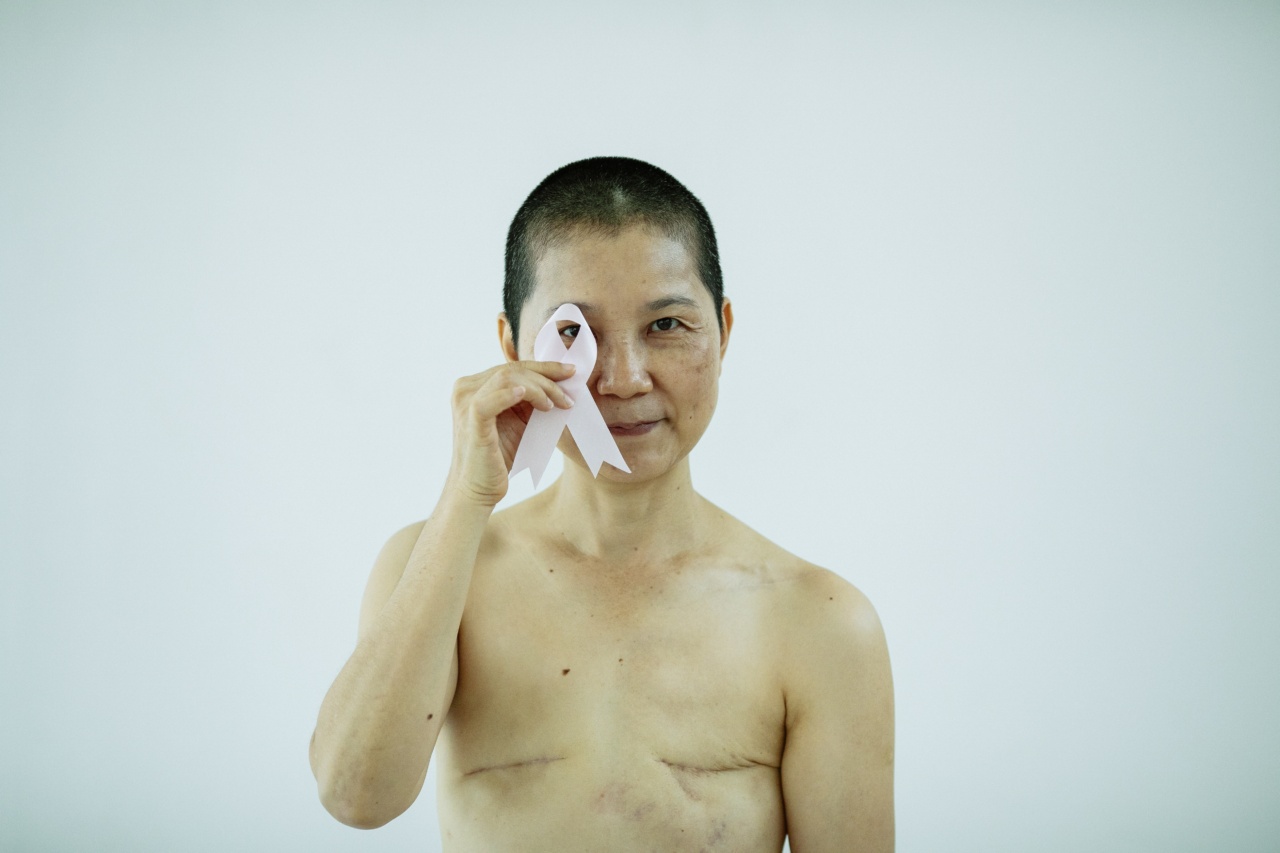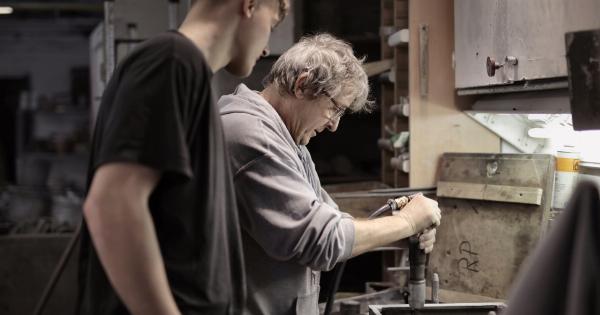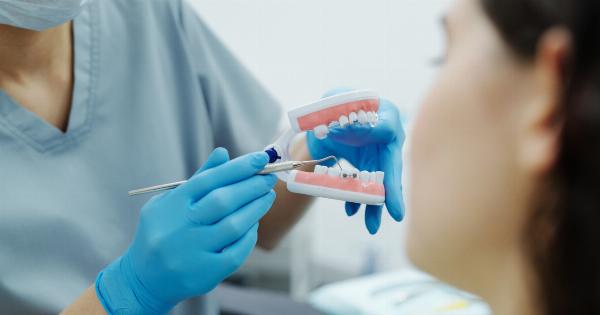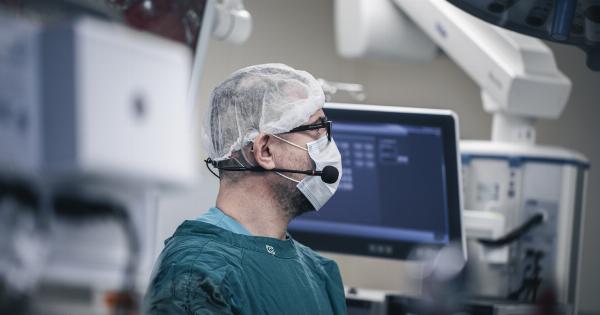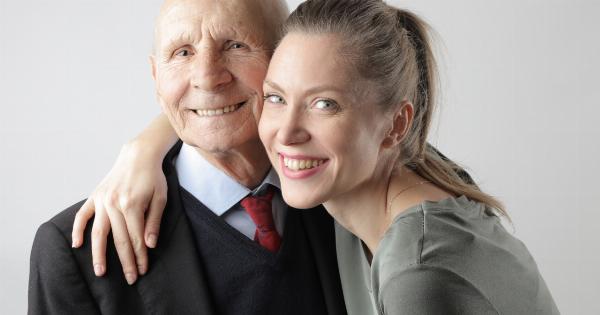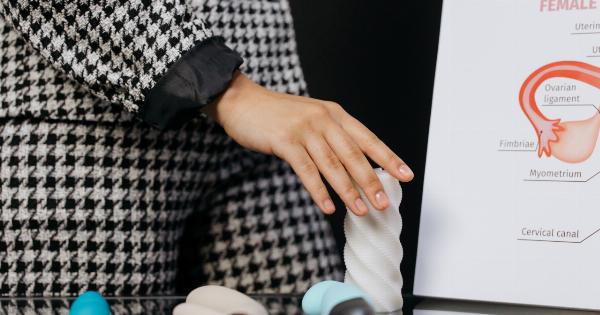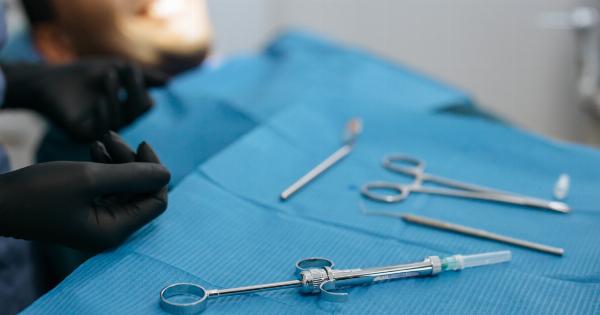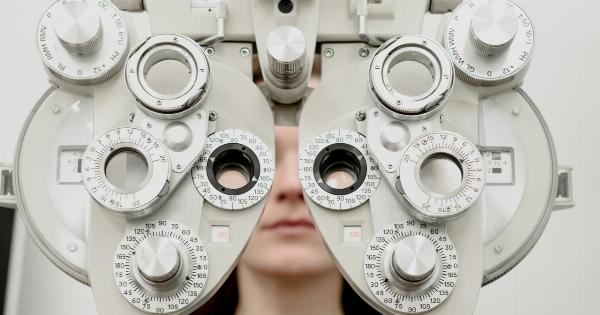Microsurgery breast reconstruction has become an innovative and effective option for women who have undergone mastectomy.
This specialized surgical technique utilizes advanced microscopes and precision instruments to transfer tissues from one part of the body to the breast, resulting in a natural-looking and feeling reconstructed breast.
What is Microsurgery Breast Reconstruction?
Microsurgery breast reconstruction involves the use of microvascular techniques to reestablish blood supply to transferred tissues. Several types of microsurgery can be employed, including free flap reconstruction and perforator flap reconstruction.
Free flap reconstruction involves the transfer of tissues, including skin, fat, and muscle, from the donor site to the breast area, while perforator flap reconstruction only utilizes the necessary tissues for reconstruction, sparing the muscle.
The Benefits of Microsurgery Breast Reconstruction
Microsurgery breast reconstruction offers numerous advantages over traditional reconstruction methods. Some of the key benefits include:.
- Natural appearance: Microsurgery allows for the precise placement of tissues, resulting in a reconstructed breast that closely mirrors the look and feel of the natural breast.
- Minimal scarring: Due to the use of microsurgical techniques, the incisions required for tissue transfer are smaller, leading to less noticeable scarring.
- Improved recovery: Microsurgery enables faster recovery times compared to traditional breast reconstruction methods, allowing women to resume their daily activities sooner.
- Reduced donor site morbidity: In perforator flap reconstruction, muscle preservation minimizes complications and reduces the risk of donor site complications.
International Conference on Microsurgery Breast Recovery
To further explore the latest advancements and techniques in microsurgery breast recovery, international experts recently convened at a prestigious conference.
The goal of this conference was to exchange knowledge, discuss challenging cases, and define best practices for microsurgery breast reconstruction.
Innovative Techniques and Research Findings
During the conference, experts presented innovative techniques and shared their research findings. Among the topics discussed were:.
1. Preoperative Assessment and Planning
Experts emphasized the importance of thorough preoperative assessment and planning to ensure optimal outcomes in microsurgery breast reconstruction.
Digital imaging, advanced imaging techniques, and 3D simulations were highlighted as valuable tools in planning the surgical approach.
2. Microsurgical Techniques
Various microsurgical techniques for breast reconstruction were deliberated upon, including deep inferior epigastric artery perforator (DIEP) flap, transverse upper gracilis (TUG) flap, and profunda artery perforator (PAP) flap.
Comparative studies and clinical experiences were shared to determine the efficacy and advantages of each technique in different patient populations.
3. Complication Management
Dealing with complications associated with microsurgery breast reconstruction was another significant aspect of the conference.
Experts discussed strategies and protocols for managing complications such as flap failure, infection, wound dehiscence, and seroma formation. Additionally, they highlighted the importance of regular follow-ups and postoperative care.
4. Psychosocial Impact and Patient Satisfaction
The psychosocial impact of breast reconstruction and patient satisfaction were key themes at the conference.
Experts discussed the psychological challenges faced by breast cancer survivors and emphasized the importance of providing comprehensive support and counseling to enhance patients’ emotional well-being and body image post-reconstruction.
The Future of Microsurgery Breast Recovery
As the field of microsurgery breast recovery continues to evolve, the conference concluded with an optimistic view of the future.
Experts agreed that interdisciplinary collaboration, ongoing research, and technological advancements are crucial for further improvements in patient outcomes, functionality, and quality of life.
Investing in Education and Training
Recognizing the importance of sharing knowledge and expertise, the conference highlighted the need for investing in education and training programs in microsurgery breast reconstruction.
By training more surgeons in these specialized techniques, the field can expand its reach and help more women regain their confidence and self-esteem after mastectomy.
